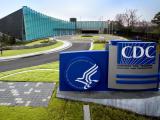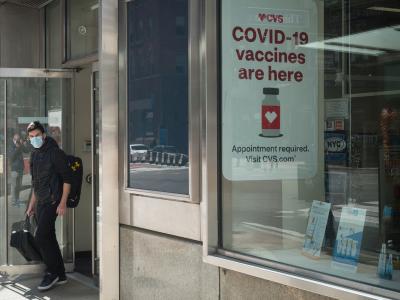Jun 11, 2009 (CIDRAP News) – The World Health Organization's (WHO's) pandemic declaration today isn't a surprise and won't affect the United States' response to the spread of the novel flu virus, which is already aggressive, officials from the US Centers for Disease Control and Prevention (CDC) said today.
Thomas Frieden, MD, MPH, who as the CDC's new director spoke today at his first press conference on the novel H1N1 virus, said US officials expected the declaration. He added that the decision fits with the scientific data supporting continued human-to-human transmission in more than one WHO region.
"For all intents and purposes, the US government has been in phase 6 of the pandemic for some time now," he said. "This, however, is important, because is does send the strong message that the virus is here, and, in all likelihood, it's going to stay." He emphasized the pandemic level change doesn't signify a change in the severity level or behavior of the new virus.
Moving forward, the CDC's goals are to identify where the virus is spreading and blunt its impact, particularly on vulnerable populations, such as those with chronic health conditions and infants, Frieden said.
Preparing for a second wave
Heath and Humans Services (HHS) Secretary Kathleen Sebelius and Department of Homeland Security (DHS) Secretary Janet Napolitano said today in a joint statement that the next challenge is to prepare for a possible return of the virus in the fall. CDC officials said today that it has deployed its scientists to several southern hemisphere countries to directly monitor developments.
Napolitano said in the statement, "We are reaching out to our partners in state and local government, in school districts and the private sector to urge them to modify and update their pandemic plans."
She added that the government is working with scientists to test and prepare a possible vaccine and comparing notes on the virus with experts in other countries.
Virus acting much like seasonal H1N1
Anne Schuchat, MD, interim deputy director CDC's science and public health program, told reporters that though the CDC has reduced its focus on case numbers, the agency has received reports of more than 13,000 cases, more than 1,000 hospitalizations, and at least 27 deaths. The highest illness rates are in children younger than age 5, followed by the 5- to 24-year-old age-group, she said.
The novel H1N1 virus is behaving like its seasonal H1N1 counterpart, which typically has a bigger impact on younger people, Schuchat said.
Of people who were hospitalized with novel flu infections, 71% had underlying conditions such as asthma, chronic obstructive pulmonary disease, immune deficiency, or pregnancy, she said.
CDC officials said people should contact a healthcare provider right away if they or a loved one has a measured fever of 100.4°F or higher with a cough or a sore throat, along with an underlying health condition such as asthma or pregnancy.
Though the CDC sees ongoing transmission in all states, two regions are above the influenza-like illness baseline for this time of year—New England, particularly Massachusetts, and the New York and New Jersey area.
Schuchat said CDC is still emphasizing the steps Americans can take to reduce the impact of the virus: cover coughs, stay home when sick, avoid travel when sick, and prepare for more illnesses in the fall.
Vaccine development
The CDC has ordered novel H1N1 vaccine components from five companies, $650 million worth of antigen and $287 million worth of adjuvant. Schuchat said, however, that the CDC doesn't have a projection for the number of doses, because researchers haven't yet pinpointed how much antigen and doses will be needed.
"Even if the decision to use the vaccine is not made, these orders permit the chemicals to be stored in bulk where they could be later formulated," she said. "We've done this in a way that's giving us a lot of options for the future."
So far, there's no evidence to suggest that circulating novel H1N1 strains won't be a good match for the seed strains used in the vaccines, Schuchat said in response to a reporter's question. Testing of isolates from different countries and states so far shows no changes. "But with influenza, we need to keep looking," she added.
In the months ahead, the CDC will be analyzing its pandemic response and make revisions to plans if needed for the fall. She said the CDC is working with the Association of State and Territorial Health Officials (ASTHO), in a series of regional meeting scheduled for July, to gather lessons learned from the response components and to explore any supply-chain weaknesses.
See also:
Jun 11 HHS-DHS joint statement



















